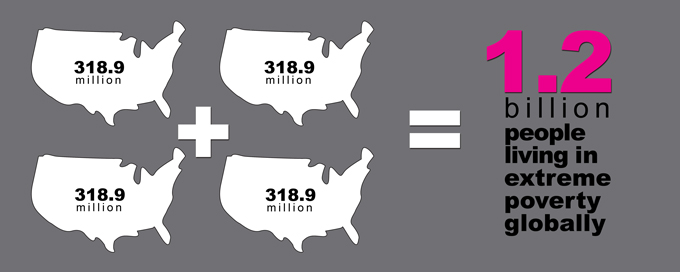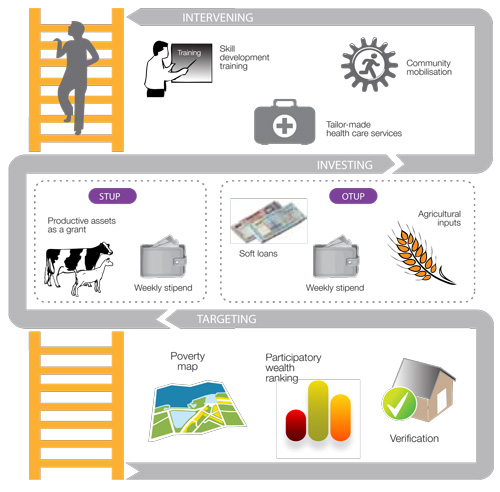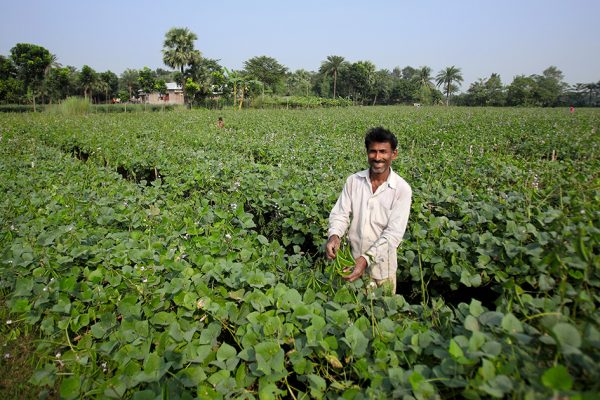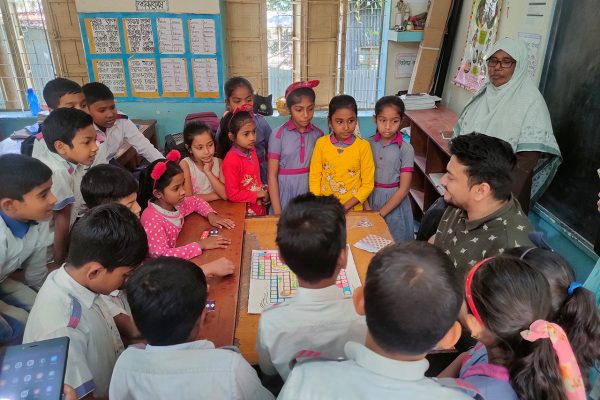How BRAC plans to knock out extreme poverty
Reading Time: 2 minutes
According to the World Bank, people living on or under USD 1.25 per day are considered ‘ultra poor’. Global trends indicate that we are gradually and surely winning the fight against poverty. Still, a staggering 1.2 billion people are living in extreme poverty- that is almost four times the number of people living in USA.
According to the World Bank, people living on or under USD 1.25 per day are considered ‘ultra poor’. Global trends indicate that we are gradually and surely winning the fight against poverty. Still, a staggering 1.2 billion people are living in extreme poverty- that is almost four times the number of people living in USA.
But extreme poverty is so much more than just statistics and numbers; it is a denial of basic freedom and human dignity. The ultra poor have to make impossible choices between food, medicine, education and housing every day.
To tackle extreme poverty, BRAC started its targeting the ultra poor (TUP) programme in 2002. After years of testing different combinations of government programmes and donor support, they came up with a unique solution. A set of carefully sequenced and tailored series of interventions were designed to build a ‘ladder’ for the ultra poor. TUP services include asset transfers, stipends, healthcare, social integration, livelihood training and hands-on coaching. For 24 months TUP helps build confidence and ‘graduates’ its clients out of extreme poverty. The results have been astonishing – 95 per cent of TUP clients remained out of extreme poverty even four years after their stint with the programme ended. Most moved onto become mainstream microfinance clients.
But can TUP’s method be applied outside Bangladesh? This question was explored by the Consultative Group for Assisting Poor, and Ford Foundation in 2005. They ran a series of 10 pilots in eight different countries to test the adaptability of TUP’s graduation model. They reported that after 18-36 months of running their versions of the programme, 75 to 98 per cent participants met the graduation criteria. Programme implementation-wise, these numbers are quite successful. Today BRAC has gone to Haiti, Yemen, India, Pakistan and Afghanistan to provide technical assistance required to replicate the model.
Randomised control trials are considered the gold standard in impact assessments. Studies conducted have proven that the graduation model not only works, but makes a lasting contribution in participants’ lives. The target has been declared to get the number of people living in extreme poverty to zero and we have a workable solution that could make it a reality. BRAC is ready to leverage its experience and knowledge by working with others in a global strategy to ending extreme poverty.
Foreign governments, NGOs and civil society organisations have approached BRAC to help them adapt the graduation model to their local conditions. To meet the growing demand and to have a pool of resources ready to assist, BRAC is developing a group of its staff to share the knowledge with other organisations. It is part of the capacity building process to fight extreme poverty and to meet the demand of implementing the graduation model elsewhere. These people will form a group of experts, who will be talking about extreme poverty on various global platforms. They will be ready to provide hands-on technical support to governments and NGOs interested in replicating the graduation model.
The time is right to take the fight against extreme poverty to a different level. BRAC is doing so through its graduation model. If we can take this solution to those living in pockets of poverty – out of all the social safety nets – we might just deliver the knockout punch.
Rakib Avi is the manager of communications and partnership at BRAC Communications








